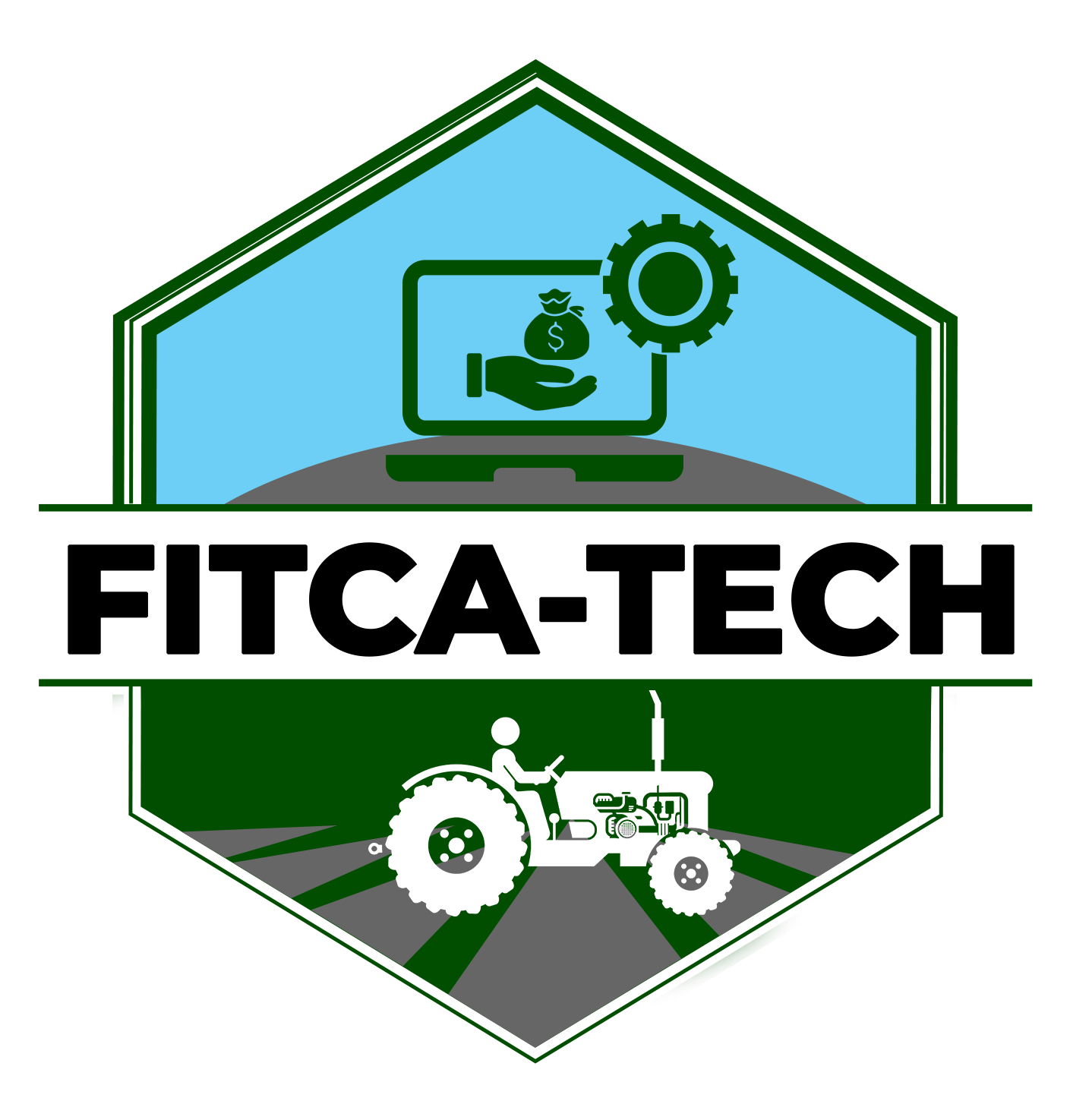Grafana Plugin-tools: Create Grafana Plugins With Ease
The following GitHub workflow instance can be utilized in your project to keep an eye fixed on the compatibility of your plugin and the grafana API. If your plugin uses TypeScript, then you can use @grafana/levitate to test if the Grafana APIs your plugin is using are suitable with a sure version of Grafana. You can learn more about customizing and extending the base configuration in our documentation.

We recommend that you improve your Grafana dependencies if that is so so that you all the time use the latest API. The directories which are watched for adjustments are listed in the .bra.toml file in the root listing. If you’re running Grafana on Windows 10, we recommend putting in the Windows Subsystem for Linux (WSL). For set up instructions, discuss with our Grafana setup guide for Windows setting.
Run Backend Exams
Make sure you put in Docker earlier than continuing to the following step. The default configuration, defaults.ini, is situated within the conf directory. Each model of Playwright wants specific variations of browser binaries to function. You will need to use the Playwright CLI to install these browsers. We read every bit of feedback, and take your enter very significantly.

Grafana Scenes is a simple and intuitive API that lets you construct experiences just like Grafana Dashboards very quickly. The Grafana backend contains SQLite which requires GCC to compile. So to find a way to compile Grafana on Windows you need to install GCC. When you log in for the first time, Grafana asks you to change your password. Grafana consists of two elements; the frontend, and the backend.
Data Supply Plugins
Where model is the model of your plugin, url is a link to the repository, and the commit is a hash of the commit where that model of the plugin might be available. The directory name — is predicated on the solutions you gave to the prompts. This directory accommodates the preliminary project structure to kickstart your plugin development. This runs a compatibility check for the newest release of Grafana plugins API in your project each time a new push or pull request is open. If it finds an error you will notice a message indicating you have an incompatibility.
Use app plugins if you want to create a custom, out-of-the-box monitoring expertise. Data source plugins communicate with external sources of information and return the data in a format that Grafana understands. By including an information supply plugin, you’ll have the ability to instantly use the information in any of your current dashboards. Welcome to the world of Grafana plugin creation, the place you possibly can improve Grafana’s foundational features.
- @grafana/create-plugin that gives a easy CLI that helps plugin authors rapidly scaffold, develop, and take a look at their plugins without worrying about configuration particulars.
- Grafana consists of two components; the frontend, and the backend.
- Runs Webpack in watch mode for growth, frequently monitoring for adjustments.
- Of course, to work with the K8s API server, we need a person with read only entry.
- Each version of Playwright needs specific variations of browser binaries to operate.
📖 Learn from tutorials and documentation in the Grafana developer portal. ✨ Gain inspiration from our plugin examples to get started shortly and implement new options in your plugin. 🛠️ Use the Grafana plugin SDK for Go to simplify the event grafana plugin development of backend components. ✅ Ensure your plugin is prepared for publishing to the Grafana plugin catalog with our validator software.
If you might have previously constructed a plugin with @grafana/toolkit, you ought to use our plugin instruments to make the leap to our latest instruments. All of the examples use grafana/create-plugin as an alternative of @grafana/toolkit. The plugin examples on this repository use NPM to manage frontend dependencies. Whilst you would possibly https://www.globalcloudteam.com/ be welcome to copy these examples and use Yarn or PNPM as an alternative, we offer no help for them. Depending on your environment, you may have to extend the utmost number of open recordsdata allowed. Configure your IDE to use the Typescript version from the Grafana repository.
Package Dealjson
App plugins bundle knowledge sources and panels to provide a cohesive experience, such because the Prometheus and Kubernetes apps. Visit the Grafana developer portal for instruments and resources for extending Grafana with plugins. Run the setup.sh script to arrange a set of knowledge sources and dashboards in your native Grafana instance.
Backend_srv.processRequestError is recognized as once per error and is a superb place to return data on what the person errors may contain. Note that some data sources have particular Docker pictures for macOS, e.g. nginx_proxy_mac. Plugins of other sorts (datasource, panel) and numerous dashboards can be utilized as dependencies.
The script creates a set of knowledge sources called gdev-, and a set of dashboards located in a folder called gdev dashboards. By now, you must be able to build and check a change you’ve got made to the Grafana source code. In most circumstances, you’ll need to add a minimum of one knowledge source to verify the change. Build and run the backend by working make run in the root listing of the repository. This command compiles the Go supply code and starts an online server. Of course, to work with the K8s API server, we need a consumer with read solely entry.
For extra, discuss with the Introduction to Grafana plugin development. If you encounter an AggregateError when constructing new exams, this is most likely as a result of a name to our client backend service not being mocked. Our backend service anticipates multiple responses being returned and was constructed to return errors as an array. A test encountering errors from the service will group these errors as an AggregateError without breaking down the individual errors within.

For other ways of cloning the Grafana repository, please discuss with GitHub’s cloning a repository documentation. If you do not know what’s happening inside your system and exactly where it is occurring, you possibly can’t repair it. This library of reusable Grafana elements and guidelines helps you with contribution and growth. Shared, visual language for all merchandise within the Grafana Labs umbrella of products and drives person expertise and interplay consistency throughout the UI.
Panel Plugins
In this information, you’ll learn to get began by scaffolding a plugin, running it in an efficient improvement setting, and using its basic options. Previously Grafana used Yarn PnP to put in frontend dependencies, which required extra special IDE configuration. If you’ve custom paths in your IDE for ESLint, Prettier, or Typescript, you can now remove them and use the defaults from node_modules. With the create-plugin software, you should use a Docker container to simplify the configuration, loading, and improvement processes.

For more details about these recordsdata, refer to Folder construction. Make sure you may be utilizing a supported OS, Grafana model, and tooling.
JavaScript or TypeScript can be used because the programming language (we selected TypeScript for our plugin). In the repository there may be a massive quantity of starter packs (there’s even an experimental example of the plugin on React) with pre-installed and pre-configured crawlers. @grafana/create-plugin that gives a simple CLI that helps plugin authors shortly scaffold, develop, and take a look at their plugins without worrying about configuration details.
This command will generate sass theme files, build all exterior plugins, then build the frontend assets. Once yarn begin has built the belongings, it will continue to take action each time any of the recordsdata change. This means you do not have to manually build the belongings each time you change the code.
